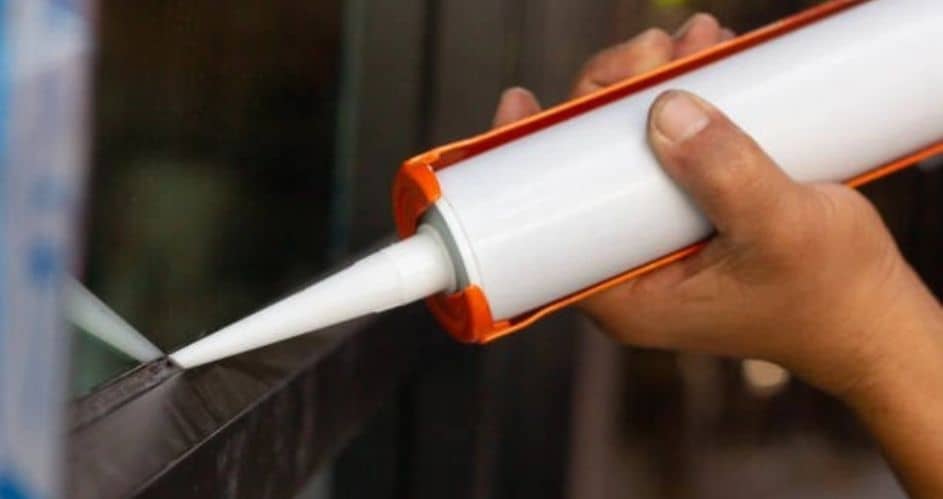
Silicone Sealants are extensively used in exterior home projects, thanks to their enhanced strength. They have a unique polymer structure that can withstand high temperatures, movement, and UV light exposure.
And because of their gel-like consistency, they create an airtight seal between two surfaces. But with so many sealant companies to choose from, finding the right product is no easy feat. This guide will help you select the right sealant for your next project.
Should I choose 1-part or 2-part silicone sealant?
Selecting the wrong silicone sealant can cost you time and money. One-part silicone sealants do not require weighing or mixing. The curing process begins when applied to the surface. However, depending on the sealant depth, the process can take two weeks until the cure is complete.
In contrast, two-part silicone sealants dry quickly. When speed is essential, these are the products to go for. The entire bead can cure in a matter of days. And because they are easy to use, they create a waterproof joint with minimal effort. You can use two-part silicone for exterior home repairs and maintenance on:
- Door seals
- Plumbing joints
- Window seals
Understand the different types of silicone sealants
If you want to create an airtight and waterproof seal, you can choose acid cure or neutral cure variants.
Acid cure
When acid-cure silicone gets into contact with moisture, it releases acetic acid. This corrosive by-product can lead to compatibility issues with concrete.
It can also cause chemical fog or soften other sealants. For this reason, acid cure sealants are suitable for non-porous surfaces. This makes them the best to cure surfaces like glazed tiles or glass.
Neutral cure silicone sealants
Neutral cure sealants are not as corrosive as their acid cure counterparts – they perform better in warm and cold climates. In addition, they bond with different substances and cure evenly around joints. This makes them the go-to option for exterior applications.
Buying considerations for silicone sealants
Colour and texture
Before you buy a silicone sealant, you should consider the colour of the surface. If you need a more integrated look, you can choose clear, grey, red, cream, or black. Silicone sealants can also be sanded or unsanded.
The former can seal expansion joints and adheres better to water surfaces. In contrast, unsanded sealants have a smoother appearance. They work better on surfaces that require a clean finish.
Elasticity
Silicone sealant offers resistance to a wide range of temperatures. This is what makes it suitable for expanding and contracting surfaces. If you want to create a watertight seal, you should select products with superior elasticity. After all, you want to safeguard the integrity of gaps and breaks.
Drying time
When exposed to oxygen, silicone sealant undergoes a series of chemical changes. But after the surface dries completely, no debris can stick to the sealant. However, the process can take up to one hour.
If you want to finish the project in a short time, you need a product that dries fairly quickly. Other features you might see on the packaging include:
- Non-flammable
- Tack-free
- Low-odour
- Fungus and mildew resistance
- Low modulus
Are you ready for your next renovation project? The best sealant specialists can help you choose a product that suits your application.
